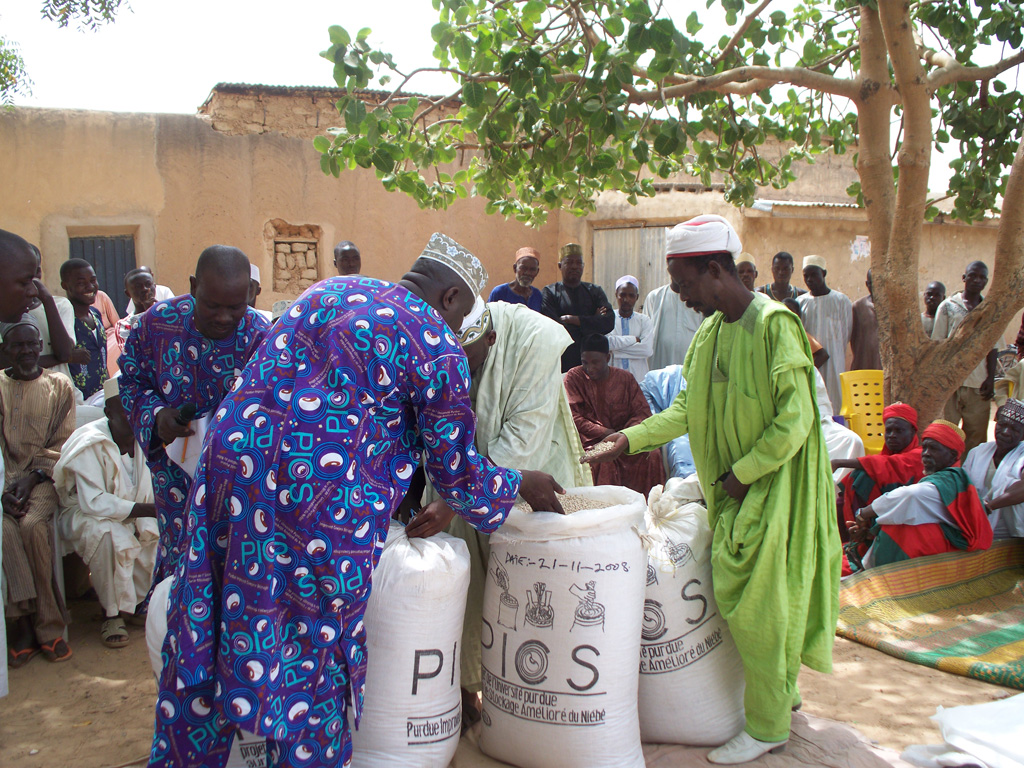Enhancing food safety by adopting postharvest technologies: A case study of PICS bags in Tanzania
- From
-
Published on
22.04.24
- Impact Area

Postharvest loss has been a significant threat to achieving food security and safety in most developing countries across sub-Saharan Africa (SSA) for many years.
Most cereals, pulses, and oilseeds are prone to infestation by larger grain borer (LGB), weevils, bruchids, and aflatoxin contamination after harvest. Concurrently, smallholder farmers often use ineffective traditional storage structures and grain protectants—ash, soil, and plant oils as storage techniques. These factors, combined with environmental conditions and harmful chemicals such as pesticide residues, reduce food quality, making it unsafe for consumption. While improved technologies exist to reduce postharvest losses, the adoption rates remain low. One such technology is the Purdue Improved Crop Storage (PICS) bag. PICS bags prevent grain damage from insect infestation, reduce aflatoxin accumulation in stored grain, and avoid exposure to hazardous storage chemicals. However, knowledge of the information channels is needed to drive the widespread adoption of this technology.
Related news
-

Australia partners with International Livestock Research Institute to upskill researchers from Africa and Asia
International Livestock Research Institute (ILRI)13.11.25-
Food security
-
Poverty reduction, livelihoods & jobs
Australia has joined forces with the International Livestock Research Institute (ILRI) to support th…
Read more -
-

Next-gen rice lines top check varieties at 7.5 t/ha in ESA
International Rice Research Institute (IRRI)11.11.25-
Food security
MOROGORO, Tanzania (8 October 2025) — Elite rice lines are outperforming the current popular varie…
Read more -
-

QTL Profiling Now Live on EBS
International Rice Research Institute (IRRI)11.11.25-
Food security
QTL profiling is now integrated into the EBS Platform’s MDA module. Teams across CGIAR research…
Read more -
